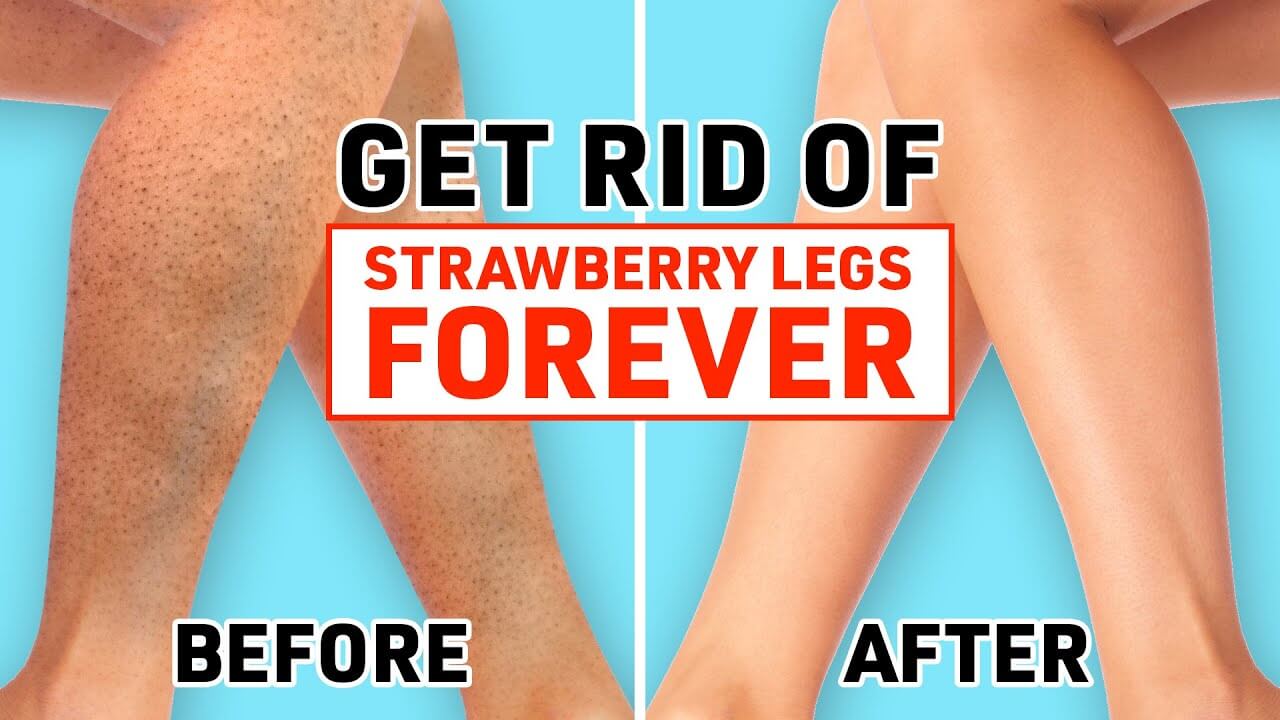Content Attributes
What is Waxing?
Waxing is a very common and relatively inexpensive hair removal method. Useful alternative to annoying and daily depilatory operations with the razor. It can however be painful and irritating, especially when the hair to be removed is thick and numerous.
In any case, since only a few follicles removed by the tear. Waxing does not guarantee big improvements in colour, consistency or hair density; good results obtained in the long run. In general, that performed in beauty salons ensures a better result. Thanks to the skill of the beautician and the use of professional products.
Advantages and disadvantages of Waxing
The big advantage of waxing is to ensure a long-lasting result: on average, thanks to the removal of the stem and the hair root, the skin remains smooth for two to four weeks. After removal, however, not all grow back with the same speed. Some will take longer, while others will be noticed after a few days.
In addition, in sensitive individuals, waxing could cause significant skin irritation, as well as cause increased growth of ingrown hair.
Types of Waxing
There are several types of waxing currently available for removing unwanted hair from different areas of the body. Although the execution method is the same. Each type of waxing still has its own characteristics which will be described below.
Hot waxing
Waxing is an ideal method for removing large quantities of hair at one time. According to the classic hot method, the wax, solid at room temperature, heated to melt it and make it easier to spread, which must always take place along the direction of hair growth. When the wax cools, the hairs caught in it and ready for removal. The wax removed manually, applying special strips on it and tearing them with energetic movement in the opposite direction to the hair growth. If well done, the operation leaves the underlying skin almost glamorous.
Types of WaxingThe wax that remains attached to the skin must be removed by applying a special oily detergent, also useful for its emollient effect.
Great caution recommended when heating the wax, too high temperatures would cause severe irritation, scars and burns at the time of application. The melting temperature varies from product to product (generally it is around 50 ° C); for this reason it is important to refer to the instructions on the package.
The main advantages of hot waxing are:
- Effectiveness superior to any other type of waxing, provided it performed by professionals or in any case by very expert hands;
- If performed by inexperienced hands, however, hot waxing does not give excellent results and, indeed, could cause irritation, burns or scars.
Cold waxing
In addition to the classic hot waxing, depilatory strips are available to apply cold after a slight heating between the hands or on the radiator. It is, in essence, the principle of the patch, which often brings with it complaints and unwanted hair when removed from the wound.
Cold waxing allows you to depilate independently, without resorting to beautician intervention and eliminating the risk of sunburn. Although the effectiveness is generally less than the traditional method, cold waxing is ideal for treating the most sensitive body areas, such as the groin and the upper lip.
Cold depilatory strips are available online, quick and easy to use. Thanks to their innovative formula, the wax adheres completely to the hair instead of sticking to the skin, removing its root and significantly slowing down its regrowth. The strips are also effective on short hair, starting from a length of just 1.5 mm.
In addition to the advantage of guaranteeing a smooth and soft skin, which lasts up to 28 days, the depilatory strips greatly simplify the depilation process because, unlike traditional wax strips, they do not need to be heated before application and are immediately ready to use.
Roller waxing
The roller waxing, in truth, does not differ much from the types of waxing described so far. However, to spread the wax on the area to be treated. It uses a special tool equipped with a roller. This tool also has a tank inside which the wax loaded (through special refills sold both in the supermarket and in the perfumery) which heated before being applied.
It is a very simple method to use, but also in this case, since it is a “home treatment”, the effectiveness may be less than the hot waxing performed in beauty centers.
Arab waxing
The Arab waxing – also known as “oriental waxing” or with the English name of “sugaring” – is a particular type of waxing that involves the use of three commonly used ingredients: sugar , lemon juice and water. These three ingredients mixed in the appropriate proportions and heated over low heat until a dense compound similar to that of honey obtained . After that, the compound cooled and then spread on the areas of hair removal. Finally, we proceed by tearing everything as if we were performing a classic waxing.
There numerous “recipes” for the preparation of the compound to use in this type of waxing. Some of these, for example, require the addition of honey, in order to exploit its emollient properties.
The Arab waxing is more delicate than the other methods described so far and can be performed both at home by preparing the mixture yourself, and by purchasing ready-made kits; as well as it can be performed at the beauty centers that also offer this hair removal method.
A sugar-based wax paste available online, which used without resorting to depilatory strips.
The mixture, simply composed of sugar, lemon juice and water, heated for a short time in the microwave or in a saucepan with very hot water. When the dough is soft enough, you need to take an amount equal to a walnut and work it with your hands until you get the right consistency. Then it applied in the opposite direction to hair growth and finally removed with a decisive movement in the direction of hair growth.
Being a soluble mixture, to eliminate any residue, simply rinse the skin with warm water.
Waxing man
The male waxing performed in a completely analogous way to the female one. Obviously, due to the greater number of terminal hairs and their diameter. The pain of the tear risks making even the most daring desist. Do not underestimate the fact that man, precisely by virtue of the abundant hair, is more subject to undesirable effects. For him waxing means greater irritation, more intense pain, accelerated regrowth and a high percentage of ingrown hair (with consequent appearance of unsightly red dots).
Warnings
Normally, waxing is a well tolerated type of hair removal. However, its use not recommended in people suffering from particular disorders of the circulatory system. Such as varicose veins, venous insufficiency and capillary fragility.
Useful tips
Here are some tips that it may be useful to follow both before and after waxing. In order to limit the pain and avoid unpleasant irritations or post-epilation annoyances.
Before waxing Tips
- A few days before the fateful appointment, apply a slightly exfoliating cream to the skin. In order to lift the ingrown hair and facilitate its elimination; alternatively you can use a horsehair glove , followed by the application of a non-alcoholic disinfectant .
- If the hair is very long, shorten it with a scissors or a beard rule. So that it does not exceed one centimetre in length.
- Before waxing, clean the skin well, but without using too aggressive products. That would remove the hydrophilic film that protects it. Dry the skin carefully and, if you are sweaty, use talcum powder to improve the adhesion of the wax.
- If you use hot waxing, respect the indications on the melting temperature. Before spreading it on the skin, pour a small drop on the arm to make sure it is not too hot: sunburn and irritation are always lurking.
- The wax applied with the spatula along the direction of hair growth: in this way it will adhere better and the tear. That must ALWAYS take place in the opposite direction, will be more effective. Also, while pulling in the opposite direction, keep your skin taut to limit pain and remove more hair. If these are not completely removed from the first swipe, run a second one. But without pouring the hot wax in the same place (in order not to further irritate the skin).
- Instead of traditional wax, a sugar-based wax can be used, whose operating principle is identical to the previous one. The caramel substance has the advantage of being easily removable with a simple wash.
- Prefer cold waxing if you need to remove hair from sensitive areas, such as the groin or the upper lip; the hot one is more suitable for arms, legs and chest.
- Avoid waxing in the premenstrual period, as you are more sensitive to pain close to the flow.
After waxing Tips
- At the end of this small cosmetic intervention, apply a moisturiser. Avoid alcohol-based perfumes and deodorants in the next 12 hours.
- Do not let the hair grow too much before repeating the treatment. If they are too long, they are more difficult to remove, the session is longer and the pain is greater.
- Do not expose to UV radiation, natural or artificial, in the 12 hours following the treatment. If you can’t avoid it, use a high protection sunscreen.
- Between one waxing and another it is good to exfoliate the treated region from time to time. In order to prevent the re-growth of ingrown hair.
- If despite respecting these tips, waxing continues to be a nightmare and its side effects are too evident. Choose an alternative hair removal method.



